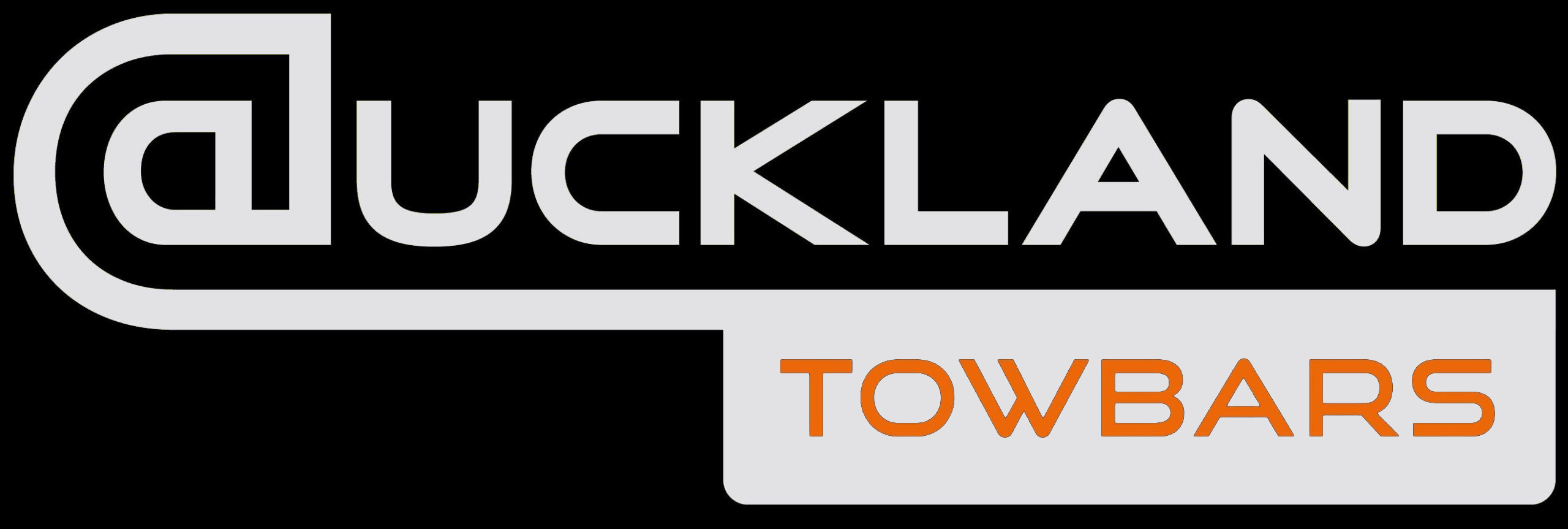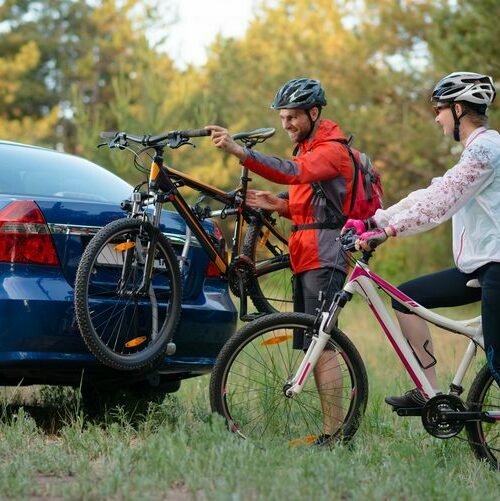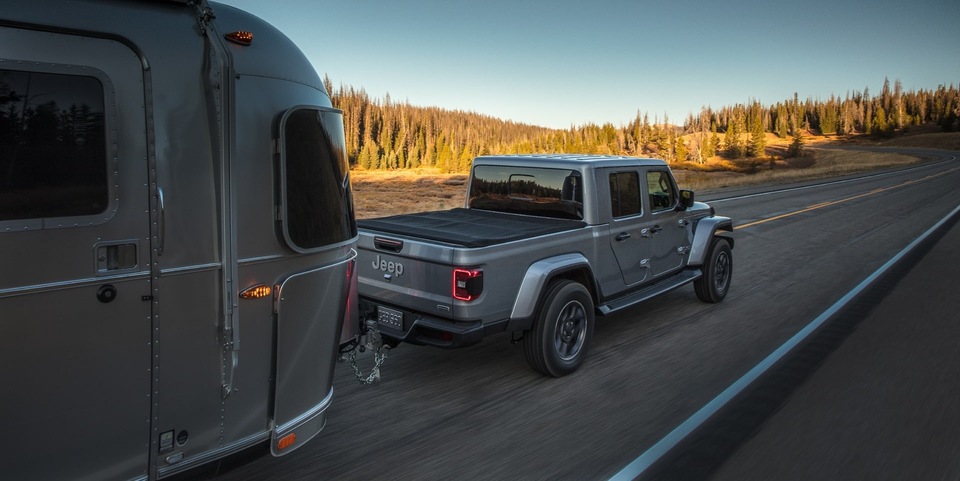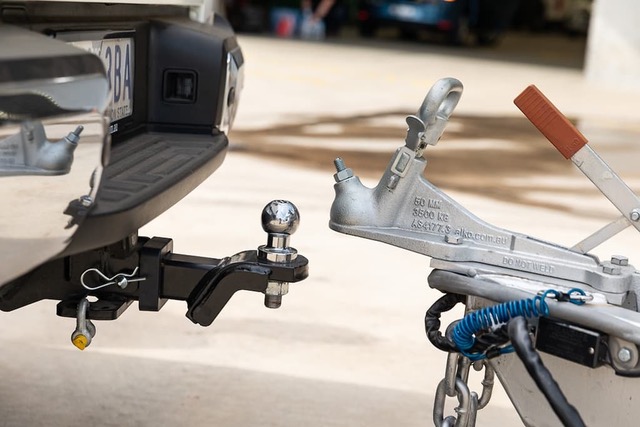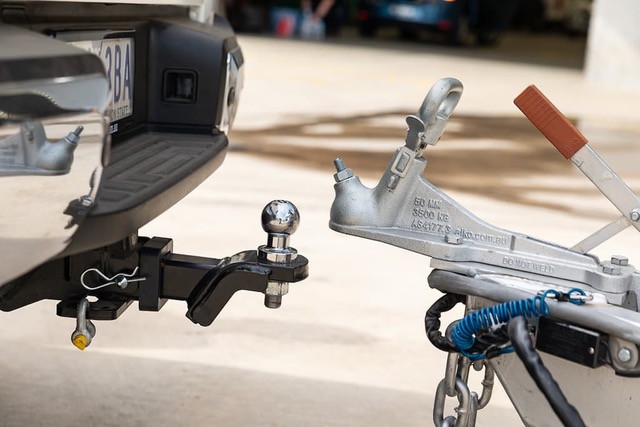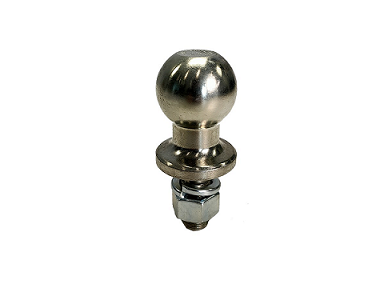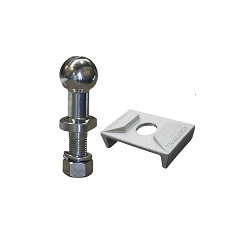Towbar Buyers Guide
At
Auckland Towbars, we want to ensure that customers receive the best information
about buying, using, and maintaining their towbars. Since there are many
different components involved, we have created this guide based on frequently
asked questions to assist you in finding the
tow bar that is right for you!
What are you towing?
While the item you are towing is important in deciding what towbar you will need, each case will be specific to the model of car you have, and its height/weight specifications.
Bike Racks
Bike racks can exert a lot of downwards force on the tongue of the towbar. It is very important that the downward load rating is adhered to and the correct towball fitted. Bike racks can require a 1 7/8 inch towball, 50mm towball, standard shank length ISO compliant towball or Hi Rise ISO compliant 50mm towball with locking plate. The further out the bike rack sits from the back of the vehicle, the less weight can be carried.
Caravan
Caravans vary in weight so it is important to find out the weight of the caravan so the right decisions can be made and to ensure the vehicle is capable of towing the weight. Some caravans require a 50mm towball or if a UK caravan an alko or 50mm Hi Rise towball with locking plate.
Trailer
Trailers are generally lighter than a caravan but depend greatly on what is loaded in them. It is important to understand the limits of the trailer, the vehicle and the towbar. Most New Zealand trailers or the ones that can be hired from a service station have a 1 ⅞ inch coupling.
Parts of a towbar
From the ball to the hitch, knowing about each part that makes up the towbar will help you to make the best decision about which towbar is best suited for your needs!
Towball
The towball is the round metal ball that sticks out the back of the towbar where any trailer gets linked to. We fit a standard New Zealand sized 1 ⅞ inch towball. Many bike racks require a 50mm towball of which there are different styles. Refer to bike rack section for more information.
Tongue
The tongue refers to the piece protruding out with the towball on it. These come in varying styles. eg fixed, bolt-on, removable as shown below.
Towbar types
The types of towbars each have different purposes and functions that allow for a personalised towing experience. This ensures that the customer can maximise the benefits of their towbar for the type of towing they plan to do. Each brand of car also has a specific type of towbar that works best. Check out our extensive list of towbars here.
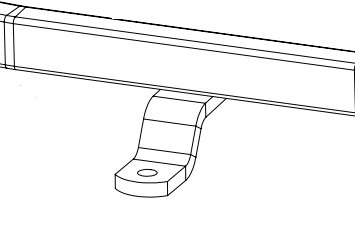
Fixed tongue
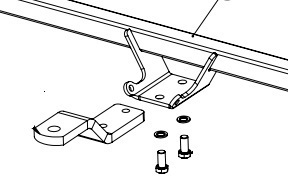
Bolt-On tongue
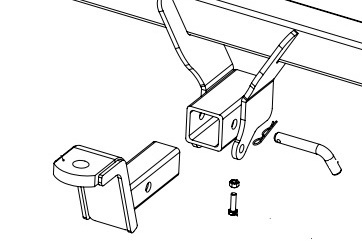
Removable Tongue
Fixed/Bolt on Tongue towbar
Fixed tongue towbars refer to the type of towbar that has a tongue that can not be removed. A bolt-on tongue towbar has a tongue that is bolted on. It can be removed but only for maintenance purposes or to replace if damaged. Typically these are cheaper options, a fixed tongue towbar allows you to tow whenever and wherever you need, with a simple design and less day-to-day maintenance and hassle.
Removable tongue towbar
A removable tongue towbar is the version of a towbar where the tongue can be removed. Removable tongue towbars are as safe and sturdy, if not more so than a fixed tongue towbar:
Removable Tongue - How to adjust anti-rattle bolt and remove the tongue
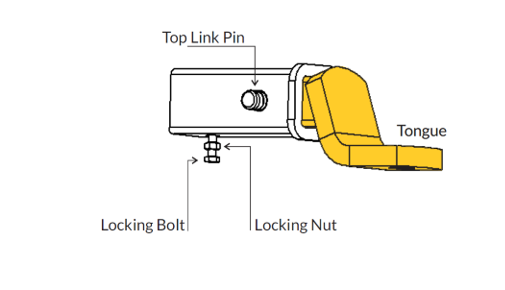
How to adjust the anti rattle bolt:
- Ensure the Top Link Pin is in place
- Tighten Locking bolt (m8x1.5) using 13mm spanner
- Lock the bolt with the Locking Nut (m8) with the same spanner
How to remove the tongue:
- Loosen the Locking Nut with a 13mm spanner
- Loosen the Locking bolt with the same spanner
- Remove top link pin and pull out tongue
- When towing, loosen locking bolt & tighten locking nut in to place
Rear step towbar
The rear step towbar is a favourable choice for those wanting to protect the vulnerable rear panels on the vehicle towing the item. These towbars are generally limited to Hiace vans or similar.
Towbar necks
There are two types of towbar necks that may be used when describing the type of towbar, flange and swan neck. Both options are not common in New Zealand.
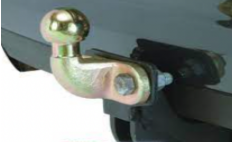
The flange neck has two parts with visible bolts and a shorter, thicker neck. Typically considered the less appealing version because of its focus on purpose rather than design.
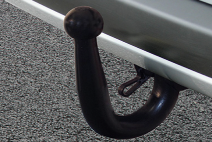
The swan neck is a more sleek design. It is one piece without any visible bolts with an elongated, thinner neck that many customers prefer as the more attractive design. Nevertheless, it serves the same purpose as the flange.
Towing capacity and downward force
Towing capacity and downward force are terms you will hear often when referring to safety components you must consider when purchasing the right towbar for you! We will explain what each of them means and why it is important to know this information when buying the correct towbar.
Towing Capacity
Towing capacity refers to the amount of weight your vehicle can safely pull. Too much weight can lead whatever you are pulling to swing from side to side, pulling your vehicle out of your control.
Why is it important?
It is important to have the correct towing capacity to ensure the safety of you and others around you. Overloading the vehicle beyond its towing capacity can also compromise the vehicle's body, brakes, chassis, wheels and/or engine.
Downward Force
Downward force is the amount of weight or force exerted on the towball of the towbar by whatever trailer/bike rack you are loading onto it. Downward force will also be referred to as tongue loading, vertical load, and downward load.
Why is it important?
If you don't have enough weight on the towball, the trailer may be prone to swaying from side to side, making it difficult to control. Alternatively, if you have too much weight on the tow ball, the force could overload the rear tires of your vehicle and push the rear end of the vehicle around, causing safety issues for yourself and others around you.
Braked and unbraked weight
Braked and unbraked weight are another component of towing capacity and downward force:
Braked weight is the maximum weight of a trailer, caravan, boat trailer or horsebox that has its own brakes.
Unbraked weight is the maximum your vehicle can tow if your trailer has no brakes. This means it is the maximum weight of a trailer, caravan, boat trailer or horsebox that is not capable of braking independently.
Most vehicle manufacturers have tow ratings specifying the gross trailer weight (braked, unbraked or both) the vehicle can safely tow. Although the law does not require these tow ratings to be followed, NZTA recommends that they be taken into account.
In addition, the law requires that every light vehicle and trailer combination must be capable of stopping within a distance of 7 metres from a speed of 30km/h. In effect, this means the maximum allowable weight of an unbraked trailer is limited by the weight and braking ability of the vehicle being used to tow it.
As a guide, NZTA recommends that the laden weight of an unbraked trailer should not exceed three quarters of the laden weight of the towing vehicle - and then only if the towing vehicle’s brakes and tyres are in excellent condition.
Towbar electrics
There are a few options to consider when booking your towbar to be fitted. The wiring connection is used to power the taillights on the trailer so people don’t crash into you. In New Zealand the standard connection is the flat 7 pin plug, although we can order adaptors for the older round plugs if needed. When ordering your towbar there will be different options depending on vehicle model.
The towbar wiring will include indicators, brake and tail lights as standard. If you require reverse lights or any other option not included please ask when booking to see if we can assist.
Trailer wiring
No wiring
If you are only going to be using your towbar for bike racks, or pulling a wheelie bin up your drive, you probably don’t need a trailer wiring connection at all. Having no wiring fitted also means you can’t be pressured into helping your mates/kids/parents move house. Again.
Standard wiring
This simple system piggybacks off your car's electrical system at the taillights. We utilise cutless wire taps so as not to cut any of your vehicle's wiring and wrap any connections in “anti-rattle insulation wrap”.
ECU wiring
Many late model and European vehicles will require an ECU wiring interface to be fitted with the trailer wiring connection. This unit isolates the load from the trailer lights from the vehicle wiring to protect the vehicle's computer and prevent trouble codes. Our interfaces are designed and made in Germany. This is not an integrated system so does not change any systems within the car. Reverse sensors will need to be manually disabled when towing.
Vehicle specific wiring
Vehicle specific wiring kits are designed and built to work in tandem with the electrical system of your vehicle. They may communicate with a vehicle’s other control units to alter other vehicle settings as required. They can have the capacity to modify (model dependent) vehicle systems: anti-lock braking, traction control and stability control program systems. Some vehicles may require coding to utilise full functionality of the vehicle while towing.
Towbar maintenance
Towbar maintenance is essential to keeping your towbar functioning properly for as long as possible. Varying based on usage and weight, towbars are expected to last for around 100,000 kilometres.
Towbar wear and tear
Like any piece of metal that is frequently used, wear and tear can occur. However, a towbar that is out of level, or has been holding excessive weight above its designated weight class will wear significantly faster than others. Similarly, rough roads will accelerate wear due to the constant bouncing and pressure applied.
To prevent wear on towbars, we recommend cleaning and freeing any debris that get caught in the towbar.
Rust resistance
Rust is a large safety concern for towbars because corrosion can occur, making the product weaker. Water is the number one cause of rust. However, even with rust resistant products, moisture can build. Hitch covers, ball mount covers, and ball grease will all slow the rusting process and make your towbar last longer.
Routine maintenance
Maintenance for each part of your towbar will keep it functioning better for longer and prevent any wear.
Warranty, safety, and insurance
The largest question we get from customers looking to install a towbar is if it will void their existing warranty and insurance coverage. We will reveal the facts that are universal across dealerships and the policies put forth by NZTA and insurance companies regarding towbar installation.
Warranties
Simply put, a car fitted with a new towbar, will not void an existing warranty. Many people with new cars are concerned that if they have their towbar fitted by an independent installer rather than the dealer that their car warranty may be invalidated, but this is not the case.
Safety
The reality is that towbar fitting is so specialised that very few dealers, and even fewer individuals actually undertake the job themselves. A towbar is guaranteed to be fitted following all safety precautions when an independent company trained to do so, performs the job. Our technicians do countless installations on various vehicles, ensuring that customers and others on the road can rest assured that all parties are safe.
Insurance
The largest insurance questions we receive when fitting customers with a new towbar are listed below and have been answered by experts.
DO I NEED TO LET MY INSURANCE COMPANY KNOW IF I HAVE A TOWBAR FITTED?
Yes. A towbar counts as a modification to your vehicle in that it will differ from the manufacturer’s factory specification once fitted. Any modifications to your vehicle can affect your insurance policy, which means you will need to inform your company if you are planning on having a towbar so they can adjust your policy details accordingly.
WHY DO I NEED TO INFORM MY INSURANCE COMPANY ABOUT MY TOWBAR?
Car modifications can affect how your insurance premium is assessed in terms of risk of accident, and any risk of theft. Having a towbar fitted means you can tow other vehicles, caravans, and even boats, which could increase the risk of accident on your policy. For this reason you need to inform your insurance company to ensure you are assessed correctly with the level of risk your vehicle presents.
Laws and regulations
The main concerns with laws and regulations regarding towbar fitting and installation are WoFs and NZTA legislation. We have outlined both regulations below:
WoFs - In order to pass a WoF with a new towbar fitted you must follow all the safety regulations put in place by NZ Transport Agency. A common reason people get rejected and fail their WoF with a new towbar are not having the towbar securely and professionally attached. Other reasons can be found on the NZTA website here.
Legislation - NZTA also provides a summary of the legislation surrounding different vehicles that have been fitted with towbars and the mandatory requirements that must be upheld. We follow each of these guidelines when installing towbars.
Contact us today!
If you have any questions about our towbar buyers guide, contact us and one of our team will be happy to help. You can also look up your vehicle make and model on our website or request a quote, to get an idea of what the cost for your towbar will be.
